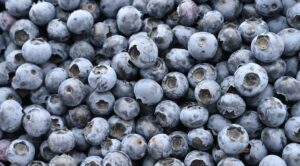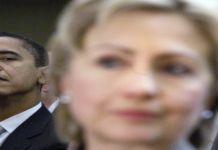Consumer Reports found that about 20% of the fruits and vegetables they examined contained “unhealthy levels of pesticides.”
Consumer Reports released the report, its “most comprehensive” review of pesticides found in food, after analyzing 59 fruits and vegetables. This included fresh, canned, and dried products.
“Our new results continue raising red flags.” Consumer Reports stated that pesticides were present in 20% of the foods they examined.
Bell peppers, blueberries, potatoes, and strawberries were included in the report, as well as green beans, which “had residues of a pesticide that hasn’t been allowed to be used on the vegetable in the U.S. for over a decade,” according to the report.

The organization stated, “Imported products, particularly some from Mexico were likely to contain high levels of pesticide residues.”
Consumer Reports has analyzed data for seven years from the Department of Agriculture. The Department of Agriculture tests every year a variety of conventional and organic products grown in the U.S. or imported there, to determine pesticide residues.
Farmers use certain chemicals to control bugs, molds, and weeds. Some of these chemicals, however, carry “unacceptable risks to health.”

Consumer Reports claimed that some “notorious” pesticides such as DDT have been banned by the U.S. government, but that other chemicals have not been banned. The outlet also argued that, when a harmful chemical is taken off the market, some chemical companies or growers will turn to “other options” that are just as dangerous.
Consumer Reports has tracked the use of pesticides in produce for decades, and “seen this repeating pattern over and over again.”
It said that pesticides were “not a major concern in almost two-thirds” of foods, which includes nearly all organic food.
Consumer Reports analysis shows that “the biggest risks are caused by only a few pesticides concentrated in just a handful of foods grown on a tiny fraction of U.S. farmland.”










